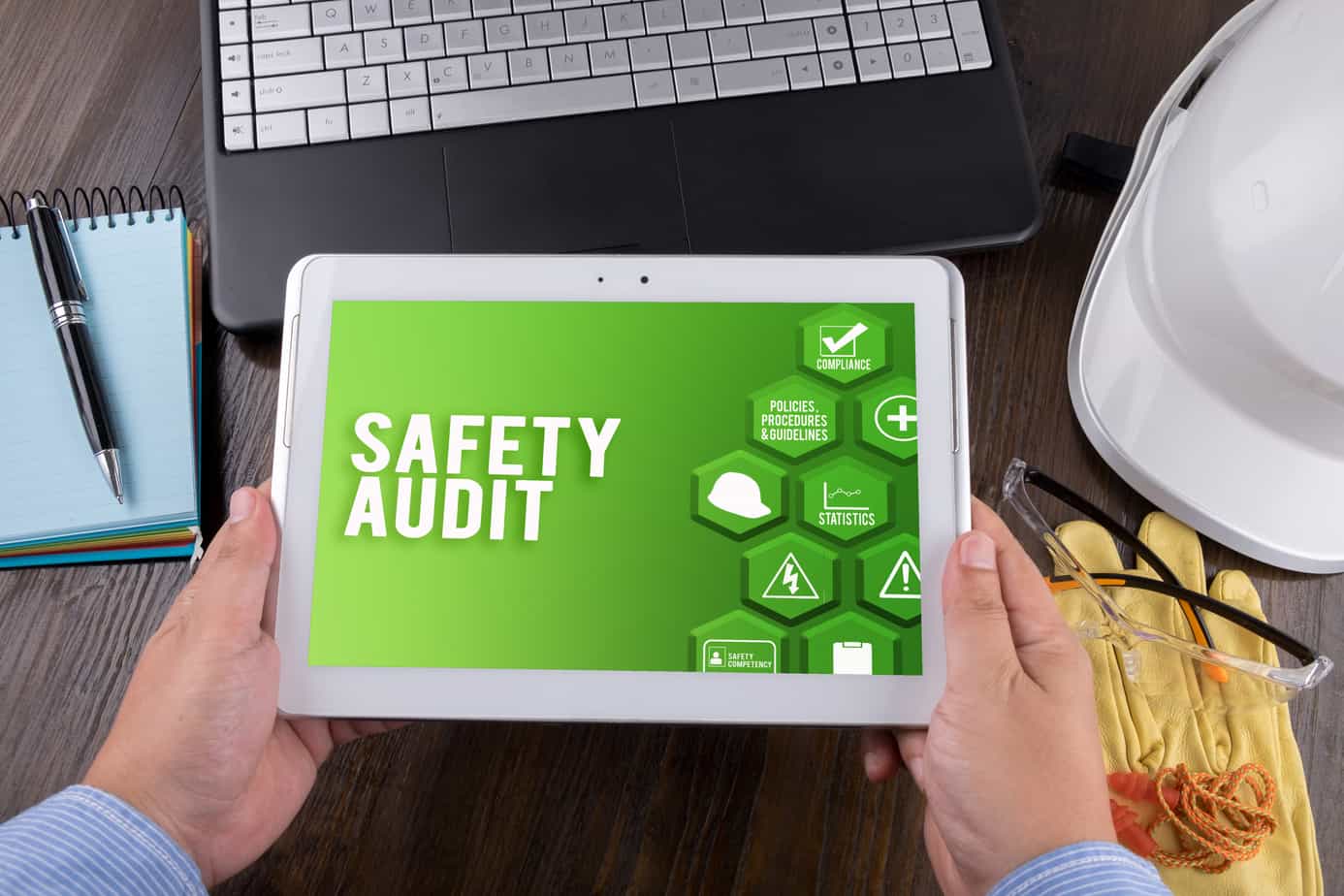Cyber Safety: Protecting Your Personal Information Online
Cyber Safety: Protecting Your Personal Information Online
Blog Article

Understanding Cyber Safety and Its Importance
In today’s digital world, cyber safety has become a necessity for individuals and businesses alike. With the rapid advancement of technology, cyber threats have also evolved, making it essential to understand how to safeguard personal and sensitive information. Cyber safety encompasses various strategies, tools, and best practices designed to protect users from data breaches, identity theft, and online fraud.
Common Cyber Threats and Risks
Cyber threats come in different forms, and understanding them is the first step toward protection. Some of the most common cyber threats include:
- Phishing Attacks: Fraudulent attempts to obtain sensitive information by disguising as a trustworthy entity.
- Malware: Malicious software that can infect devices and steal or damage data.
- Ransomware: A form of malware that locks users out of their systems until a ransom is paid.
- Data Breaches: Unauthorized access to sensitive personal or corporate data.
- Identity Theft: Criminal activities involving the misuse of personal data for fraudulent purposes.
Best Practices for Enhancing Cyber Safety
To protect personal and business data, it is essential to follow best practices that enhance cyber safety. Here are some key measures:
Use Strong and Unique Passwords
Passwords act as the first line of defense against cyber threats. It is recommended to:
- Create passwords with a mix of upper and lowercase letters, numbers, and symbols.
- Avoid using easily guessable passwords like birthdays or common words.
- Use a password manager to generate and store secure passwords.
Enable Two-Factor Authentication (copyright)
Two-factor authentication (copyright) adds an extra layer of security by requiring a second form of verification, such as a one-time code sent to a mobile device.
Keep Software and Devices Updated
Regular updates ensure that security vulnerabilities are patched, reducing the risk of cyberattacks. It is essential to:
- Update operating systems and applications regularly.
- Install security patches as soon as they are released.
- Use reputable antivirus software for additional protection.
Be Cautious with Emails and Links
Phishing attacks often occur through emails and malicious links. To stay safe:
- Verify the sender’s email address before clicking on links or downloading attachments.
- Avoid sharing sensitive information via email.
- Report suspicious emails to IT security teams or service providers.
Secure Your Internet Connection
A secure internet connection is crucial for protecting data. Some measures to ensure a safe connection include:
- Using a Virtual Private Network (VPN) when accessing public Wi-Fi.
- Ensuring that home and office Wi-Fi networks are password-protected.
- Avoiding the use of open or unprotected Wi-Fi networks.
Limit Personal Information Sharing Online
Social media platforms and websites often request personal information. To reduce the risk of identity theft:
- Review and adjust privacy settings on social media accounts.
- Avoid sharing personal details like addresses, phone numbers, and financial information publicly.
- Be mindful of the information shared in online surveys or quizzes.
Importance of Cyber Safety in Businesses
Organizations must implement cybersecurity measures to safeguard customer data, employee records, and business assets. Effective strategies include:
- Conducting Regular Security Audits: Businesses can benefit from a Safety Audit to identify vulnerabilities and improve security.
- Employee Cybersecurity Training: Educating employees on cyber risks and safe online practices minimizes human errors leading to security breaches.
- Implementing Firewalls and Encryption: Firewalls block unauthorized access, while encryption protects data from being intercepted by cybercriminals.
- Backing Up Critical Data: Regular data backups ensure that information can be restored in case of a cyber incident.
Role of Process Safety Management in Cybersecurity
Cyber safety is not only about protecting data but also involves risk management in industries that rely on automated systems. Implementing Process Safety Management ensures that security measures are integrated into industrial operations, reducing the likelihood of cyber threats affecting critical processes.
The Need for Safety Audits and Fire Audits in Cybersecurity
Cyber threats can also impact safety protocols within organizations. Conducting a Fire Audit ensures that fire safety systems are protected from cyber risks, such as tampering with fire alarms or emergency response systems. Additionally, a comprehensive Hazop Study helps businesses assess potential hazards, including cyber threats that may compromise operational safety.
How a Safety Consultant Can Help
Businesses and individuals looking to enhance cyber safety can benefit from the expertise of a Safety Consultant. These professionals provide guidance on risk management, implement safety protocols, and help organizations comply with cybersecurity regulations.
Conclusion
Cyber safety is an ongoing process that requires vigilance and proactive measures. Whether at an individual or organizational level, implementing strong passwords, enabling security features, securing internet connections, and educating users on cyber risks can significantly reduce the likelihood of cyber threats. Regular safety audits, fire audits, and the involvement of safety consultants further strengthen cybersecurity frameworks, ensuring comprehensive protection in today’s digital landscape. Report this page